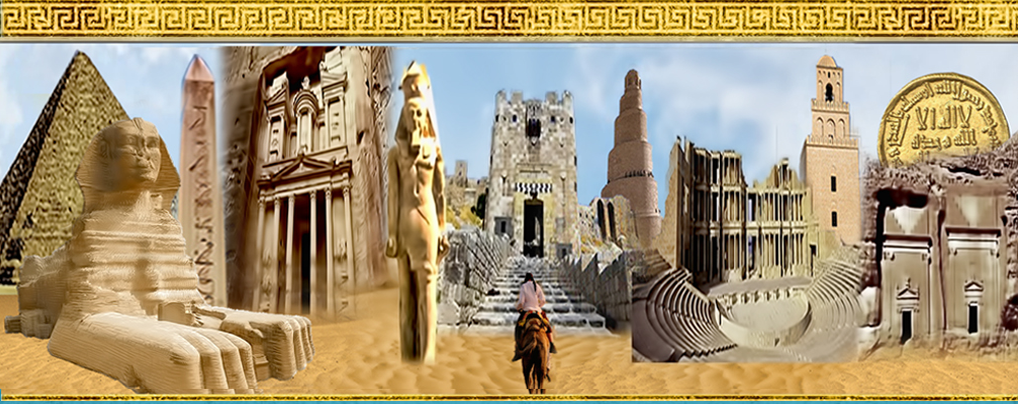Journal of the General Union of Arab Archaeologists

Abstract
(En) Khiva is one of the most important cities in Central Asia and it has great geographical, historical, commercial and cultural significance. The architectural style of Khiva was characterized by use of the graceful carved wooden columns inside and outside the buildings in the city, whether religious buildings such as mosques or civil buildings (i.e. palaces and houses).
These columns are usually based on marble or stone bases, not wood. Marble and stone are characterized by hardness, strength and durability in carrying wooden columns and protect them from damage due to humidity, rain and snow in the winter.
Marble bases are one of the main branches of marble products industry in Khiva, in addition to the manufacture of cenotaphs, tombstones, foundation plates, Fountains and others.
Therefore, the architect was keen to use them primarily in the construction, but also paid attention to their design and decoration using different decorative elements. Such art is as equally important as any other decorative arts (i.e. ceramic tiles that cover the walls or wooden ceilings covering the buildings). It is considered a monumental record and has great artistic and historical significance as it chronicles some of the important buildings in the city, which are mostly attributed to the 13th /19th century. Where the wooden column consists of a wooden block based on a marble base known as "Bay Uston", decorated by many decorative elements and inscriptions such as some poems, songs, advices and proverbs, the names of manufacturers who were not refered to in sources and references, as well as history of the buildings and manufacture of those columns.
This research aims to study the marble bases in Khiva through two models of the most important remaining palaces in Central Asia from the 13th/ 19th century , namely Kunya Ark and Tash-hauli Palaces to identify the general shape of these bases, raw materials, the manner of their formation and decoration and the most important decorative elements such as the floral ornaments, geometric shapes, architectural elements and reading of inscriptions and analysis of their contents.
Recommended Citation
Omar, Huda Salah El-Deen
(2019)
"THE MARBLE BASES OF KUNYA ARK AND TASH-HAULI PALACES IN KHIVA DURING THE 13TH AH/ 19TH AD CENTURY,"
Journal of the General Union of Arab Archaeologists: Vol. 4:
Iss.
2, Article 2.
Available at:
https://digitalcommons.aaru.edu.jo/jguaa/vol4/iss2/2

